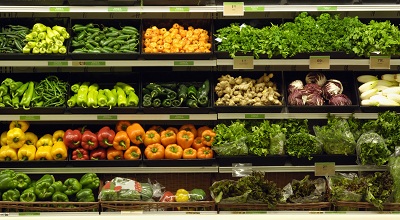A Better Strategy for Feeding America?
By Amy Willis
In this EconTalk episode, host Russ Roberts and Canice Prendergast of the University of Chicago talked about an innovative new allocation system for a nationwide network of food banks. But maybe there’s an even better way to get food to the poor.
I’d heard rumors of this venture in the past, but today I came across this piece on a new store in Boston called Daily Table, started by a former president of Trader Joe’s, Doug Rauch. The means by which Daily Table acquires its inventory bears some similarity to that of Feeding America.
But what most struck me was this:
Some are seeing this as an alternative to food banks. The benefit of cheap food, opposed to free food, is that it allows customers to buy with dignity.
We asked you earlier this week how you thought Chris Blattman, an advocate of cash transfers as a better means of aid, so now I wonder what you think of the model used by the Daily Table. Would food banks better serve their constituents by converting to a non-for-profit store, like Daily Table? Does receiving food at no cost demean the recipient in some way that purchasing it does not?
According to the article, Daily Table allows anyone to shop there, but they must become a member so that Daily Table can better track demand. Daily Table also has an in-house kitchen that seems remarkably flexibly in its ability to prepare ready-to-eat meals with its always uncertain inventory. Does this offer any sort of advantage over food banks that distribute unprepared food? What would be some of the other impacts of having customers who pay prices rather than recipients who accept donations of food without charge? If you were running Daily Table how would you price one item relative to another or relative to prices in for-profit groceries? How might this low-price non-profit option affect the profitability of for-profit groceries?
Here’s another alternative to think about. What about a grocery for the hungry that didn’t rely on donations as Daily Table does but simply lowered prices below those of for-profit groceries and financed their losses from donations of cash? How would this differ from Daily Table?

